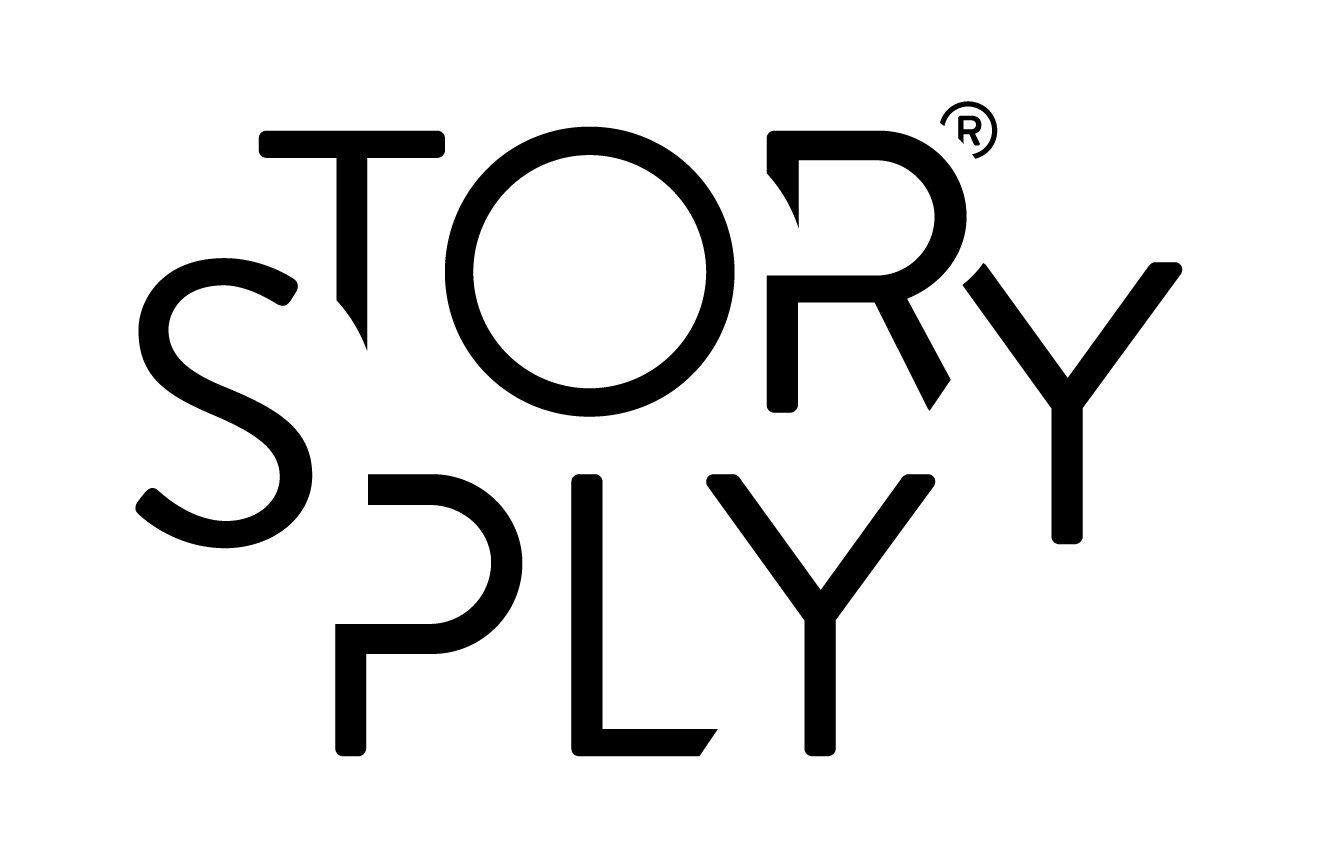STORYPLY: Applying Storycraft to Facilitate
An Experience-Centric Conceptual Design Process
An Experience-Centric Conceptual Design Process
__The landscape of the design profession has shifted from designing objects towards designing for experiences, and designers need strategic guidance in bringing the emotional, contextual, and temporal aspects of experiences into discussion. Designing for experiences requires design teams to empathize with the people for whom they create on an emotional level and to envision both the ‘dynamic qualities of experiences’ and the ‘constantly changing emotional response to such changes.'
__To test, evaluate, and refine ideas, designers need to externalize and represent ideas into tangibles. Existing externalization strategies are not obviously equipped to incorporate the transient characteristics of experiences into the designer’s creative thinking. Designers may need additional methods and tools to envision, sketch, and discuss experiences over time in addition to the existing skills they have like drawing in 2D and making mock-ups in 3D.
Storyply suggests a visual discussion process with the help of nine 50x70 paper templates that can be hanged on the wall, two decks of pictures (Insploration Deck, Project Deck) and a collection of helpful guidelines (Storyply Tips). Storyply Method also suggests two main layers: Backstory and Story&Review. Backstory consists of four steps accompanied by four templates: Interpret Project Goals, Categorize Story Elements, Cast Your Characters and Contextualize The Experience. Story &Review consists of five templates: Identify The Conflict, Envision Consequences, Make Your Proposal, Envision the Improvement and finally Capture Ideas.
__In this thesis, we propose that designers may be able to achieve this by including visual storycraft into their creative process. Storycraft is the skilled practice of generating/building stories. The similarity between the critical properties of a story and an experience is evident. They are both subjective, context-dependent, and dynamic. They share a sequential structure with a beginning, middle, and end that can be crafted and influenced through design. However, most importantly, both stories and experiences evoke and affect the emotions of their experientors.
__The activities of designers are already very similar to professional storycrafters such as writers and movie-directors since, in both domains, artifacts and services are brought together to interact with people to deal with a production challenge. While harnessing the power of storycraft to elevate strategies in designing for experiences is an attractive idea, which is also recognized by the design research community, it is not a proposal that can easily be put into practice.
__In this thesis, we propose a conceptual design method called Storyply that aims to merge the skilled practice of generating stories with the competent practice of design. The Storyply method includes a set of templates that guide designers through the process by visually organizing their efforts and creative output. Following a research through design approach we have iteratively designed, evaluated, and re-designed Storyply as a method that combines ‘conceptual design’ and ‘story planning’ to assist design teams in discussing and framing ideas in an experience-centric fashion. The method has been received as original, relevant and useful by 154 participants (63 Professionals and 81 Students/Trainees) from diverse backgrounds such as: designers (industrial, product, visual, interaction, service, strategy, software, hardware, UX), researchers, engineers, managers, filmmakers, R&D specialists and CEO’s.
This is a conceptual map of how Storyply works as a process. Backstory stage aims to identify significant information about the background of the project, target user(s) and the context of use to utilize while envisioning the experience’s progression. Story&Review stage helps to generate and assess the content and creates alternative approaches that can lead to propositions for new experiences.
__ Our studies confirmed that incorporating storycraft within conceptual design resonated well with design teams. Workshop participants commented that Storyply helps them to focus their attention and to prioritize the discussion towards experiences. Participants perceived the structure of Storyply as empowering, providing a handle on the ordinarily ephemeral components of experiences. They appreciated the ability to discuss and play with subjective qualities in concrete terms. Furthermore, participants felt that Storyply offers an improvement to what they have been using previously for similar purposes (storyboarding, experience mapping). The general tone of comments showed that the way we synthesized storycraft with design felt natural and made immediate sense to participants.
__We believe that the insights revealed in this thesis could inspire people who are interested in designing for experiences and services to see storycraft under a new light and tap into its potentials to take their experience design efforts to a new level.
